So you’re out in the wilderness, miles away from civilization, and you realize you’re running low on water. Panic starts to set in as you wonder how you’re going to survive without this essential resource. But fear not, because this article is here to be your ultimate guide to finding water in survival situations. Whether you’re stranded in the desert or lost in the mountains, we’ve got you covered with valuable tips and techniques that could potentially save your life. So, sit back, relax, and let us show you how to quench your thirst even in the most challenging circumstances.
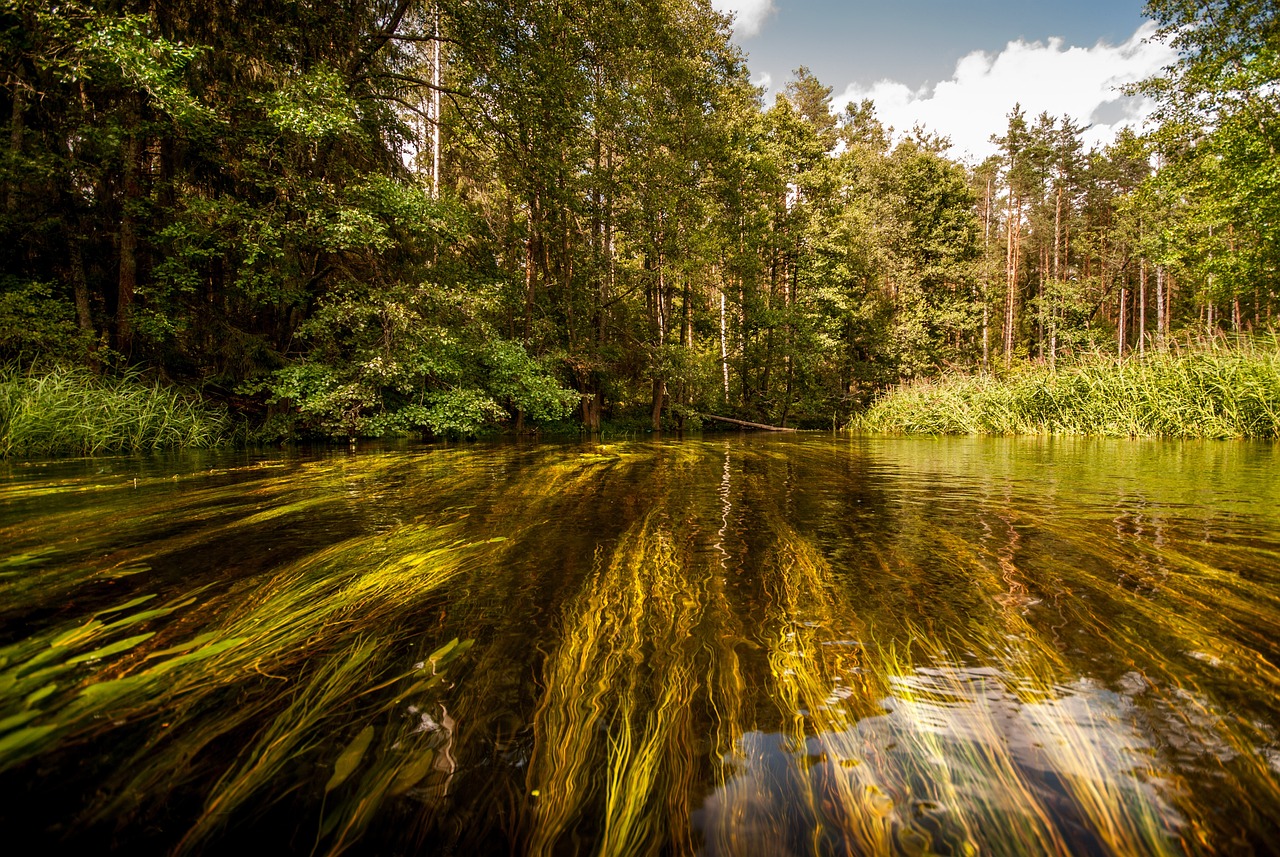
Understanding the Importance of Water for Survival
Water is a critical component for human survival, playing an essential role in various bodily functions. Understanding the importance of water is crucial in survival situations, as it can mean the difference between life and death.
The role of water in the human body
Water makes up a significant portion of our bodies, accounting for approximately 60% of our total body weight. It plays a vital role in maintaining bodily functions such as temperature regulation, digestion, nutrient absorption, and waste removal. Water is involved in the transportation of nutrients and oxygen to our cells and the removal of waste products. It also lubricates our joints and acts as a shock absorber for vital organs.
Consequences of dehydration
Dehydration occurs when the body loses more water than it takes in. The consequences of dehydration can be severe, especially in survival situations where access to water is limited. Mild dehydration can lead to symptoms such as thirst, dry mouth, fatigue, and headache. As dehydration progresses, it can cause dizziness, confusion, decreased urine output, rapid heartbeat, and even organ failure. Severe dehydration is a life-threatening condition that requires immediate medical attention.
Why water is crucial in survival situations
In survival situations, water becomes even more important as it becomes a limited resource. Without access to clean drinking water, our bodies can quickly dehydrate, leading to a range of health issues and potentially compromising our ability to survive. Not only is water necessary for hydration, but it is also vital for food preparation, sanitation, and hygiene purposes. Understanding the importance of water in survival situations is crucial to ensure that you prioritize finding and properly utilizing this precious resource.
Assessing Your Water Needs in a Survival Situation
In a survival situation, accurately assessing your water needs is essential to ensure you have enough to stay hydrated and perform essential tasks. Several factors can affect your water requirements, including environmental conditions, activity level, and personal health considerations.
Factors affecting water requirements
Several factors can impact your water needs in a survival situation. The temperature and humidity of the environment play a significant role, as higher temperatures and lower humidity levels can increase water loss through sweat and respiration. Physical activity levels, including walking, carrying heavy loads, or performing strenuous tasks, will also increase your water requirements. Additionally, certain health conditions, such as fever or diarrhea, can increase water needs.
Calculating water needs based on activity level
To calculate your water needs in a survival situation, you can use a general guideline of one gallon (approximately 3.8 liters) per person per day. However, this guideline may vary depending on various factors. For example, if you are exerting yourself in a hot and dry environment, you may need to double or triple your water intake. On the other hand, if you are relatively sedentary and in a cooler climate, you may be able to limit your water intake to the guideline amount.
Considerations for extreme weather conditions
Extreme weather conditions, such as high temperatures or freezing temperatures, require additional considerations for water needs. In hot environments, it is essential to increase your water intake and take proactive measures to prevent dehydration. In cold environments, water sources may be frozen, necessitating measures to melt ice or snow for drinking water. This can require additional energy and resources, so it is important to plan and prepare accordingly.
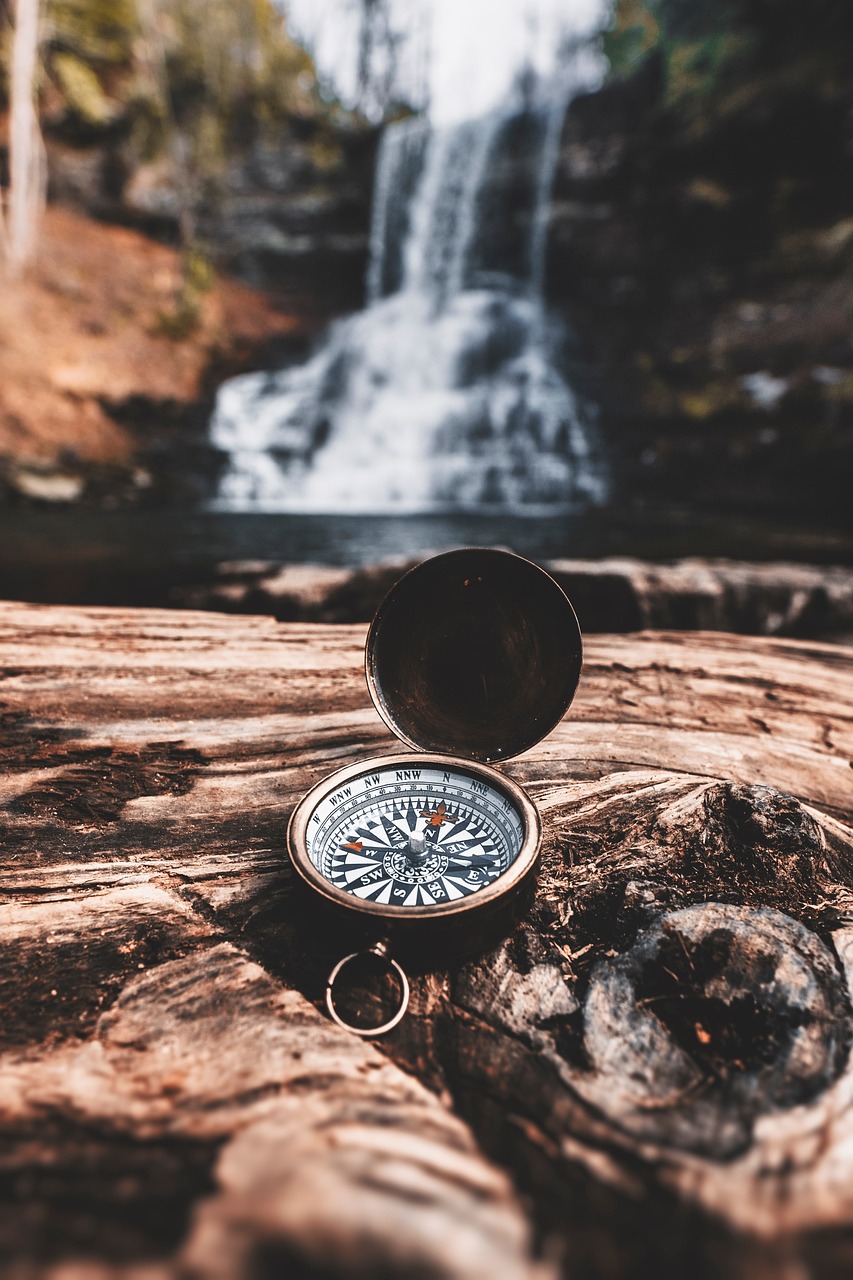
Identifying Potential Sources of Water
When faced with a survival situation, knowing how to identify potential sources of water can be life-saving. While it may seem challenging to find water in certain environments, understanding where to look and what signs to watch for can significantly increase your chances of locating this vital resource.
Natural sources of water
Nature provides various sources of water that can often be tapped into for survival needs. Rivers, streams, and lakes are obvious sources, providing a steady supply of flowing water. However, it is essential to filter and purify water from these sources to ensure its safety for consumption. Natural springs and groundwater can also be found in certain environments and may offer a relatively clean water source. Additionally, vegetation such as trees and cacti can hold water, making them potential sources during times of need.
Unexpected sources of water
In survival situations, it is crucial to think creatively and look for unexpected sources of water. For example, rock crevices or indentations can collect rainwater, providing a source of water that you can utilize. Dew can be collected from plants using a cloth or sponge, especially during early morning hours when condensation is highest. Even the urine of some animals can be consumed in emergency situations, although this should only be done as a last resort and with caution.
Signs of water presence in the environment
Learning to read the signs of water presence in the environment can greatly increase your chances of finding water. Look for areas of lush vegetation or signs of animal activity, as they often indicate the presence of water. Birds circling in the sky or heading towards a specific direction can also suggest the presence of bodies of water nearby. Additionally, pay attention to the lowest points in the topography, as water tends to accumulate in these areas.
Methods of Obtaining Water
Once you have identified a potential water source, you need to know how to obtain it safely and efficiently. Different methods can be employed depending on the availability of tools and resources.
Collecting rainwater
Rainwater is one of the safest and most reliable sources of water in survival situations. If you have access to a container, such as a tarp or a large leaf, you can set it up to catch rainwater during a downpour. Ensure that the container is clean and free from any contaminants that could affect the water quality. If necessary, you can improvise a rainwater collection system using available materials such as tree branches or rocks.
Extracting water from vegetation
In certain environments, vegetation can provide a source of water. By carefully cutting or puncturing certain plants, you can extract their liquid content. For example, cacti and certain tree species contain water that can be harvested. Ensure that you are familiar with the specific plants in your environment and that you can correctly identify those that are safe for consumption.
Finding water in rock crevices
Rocky areas can sometimes provide hidden sources of water in the form of small pools or seepage. By carefully searching for crevices or indentations in the rocks, you may be able to collect water. Use a cloth or sponge to soak up the water and wring it into a container for collection. Be cautious of stagnant water sources, as they may be contaminated and require purification before consumption.
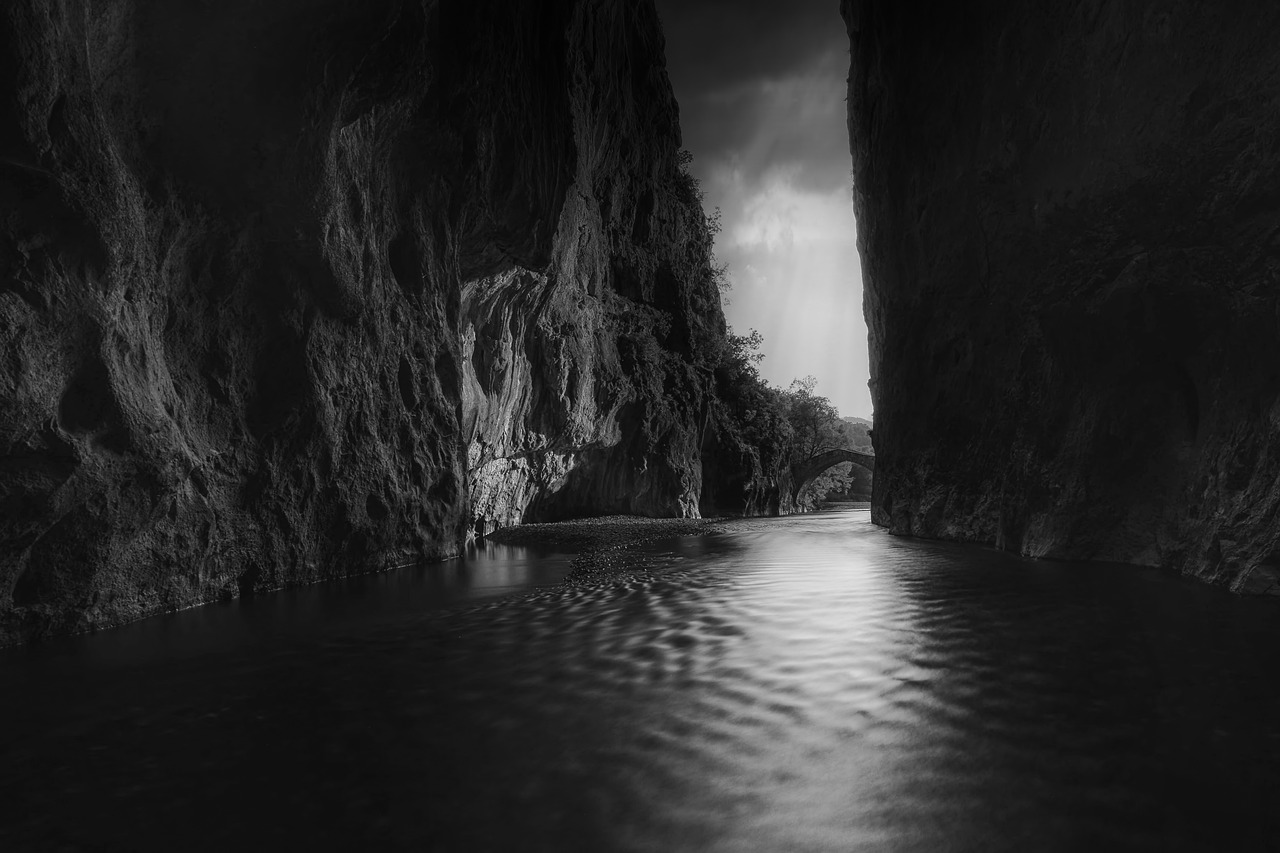
Purifying Water to Make it Safe for Consumption
In survival situations, it is crucial to purify any water you find to remove harmful bacteria, viruses, and parasites. Consuming untreated water from natural sources carries the risk of waterborne diseases. Fortunately, there are several methods you can use to purify water and make it safe for drinking.
Boiling water
One of the simplest and most effective ways to purify water is by boiling. Boil the water for at least one minute, or three minutes at higher altitudes, to kill off any harmful pathogens. Boiling is particularly useful in emergency situations where other purification methods may not be available or practical. Allow the water to cool before consumption.
Using water purification tablets or drops
Water purification tablets or drops can be an effective and convenient method of purifying water in survival situations. These tablets or drops contain chemicals such as chlorine dioxide, which kills bacteria, viruses, and protozoa. Follow the instructions provided with the tablets or drops for proper dosage and treatment time. After treatment, allow the water to stand for a few minutes to ensure full purification before consumption.
Constructing a DIY water filter
In the absence of water purification tablets or boiling equipment, you can construct a simple DIY water filter using readily available materials. A basic filter can be made by layering various materials such as cloth, sand, charcoal, and gravel to remove impurities from water. While this method may not eliminate all pathogens, it can significantly improve water quality and reduce the risk of waterborne illnesses.
Avoiding Contaminated Water Sources
While knowing how to purify water is crucial, it is equally important to avoid consuming contaminated water sources whenever possible. Recognizing polluted water and understanding the dangers associated with consuming contaminated water can help you make informed decisions to protect your health in survival situations.
Recognizing polluted water
Polluted water sources can often be identified through visual cues or distinct smells. Water that appears discolored, cloudy, or has floating debris should be approached with caution. Foul odors, such as a strong chemical smell or a rotten egg odor, can also indicate contamination. Additionally, water sources near industrial or agricultural areas should be avoided, as they are more likely to be polluted.
Dangers of consuming contaminated water
Consuming contaminated water can lead to a range of waterborne illnesses, such as diarrhea, dysentery, cholera, and hepatitis. These illnesses can cause severe dehydration, electrolyte imbalances, and even death if left untreated. In survival situations, where medical assistance may be limited or unavailable, it is crucial to prioritize finding safe and clean water sources to avoid these health risks.
Preventing waterborne diseases
To prevent waterborne diseases, it is essential to prioritize the purification of water and the avoidance of contaminated sources. Whenever possible, collect water from flowing sources, as they are less likely to be contaminated than stagnant water. Use multiple methods of water purification, such as boiling and chemical treatment, to ensure the highest level of safety. Additionally, practicing proper personal hygiene, such as handwashing, can help prevent the spread of waterborne illnesses.
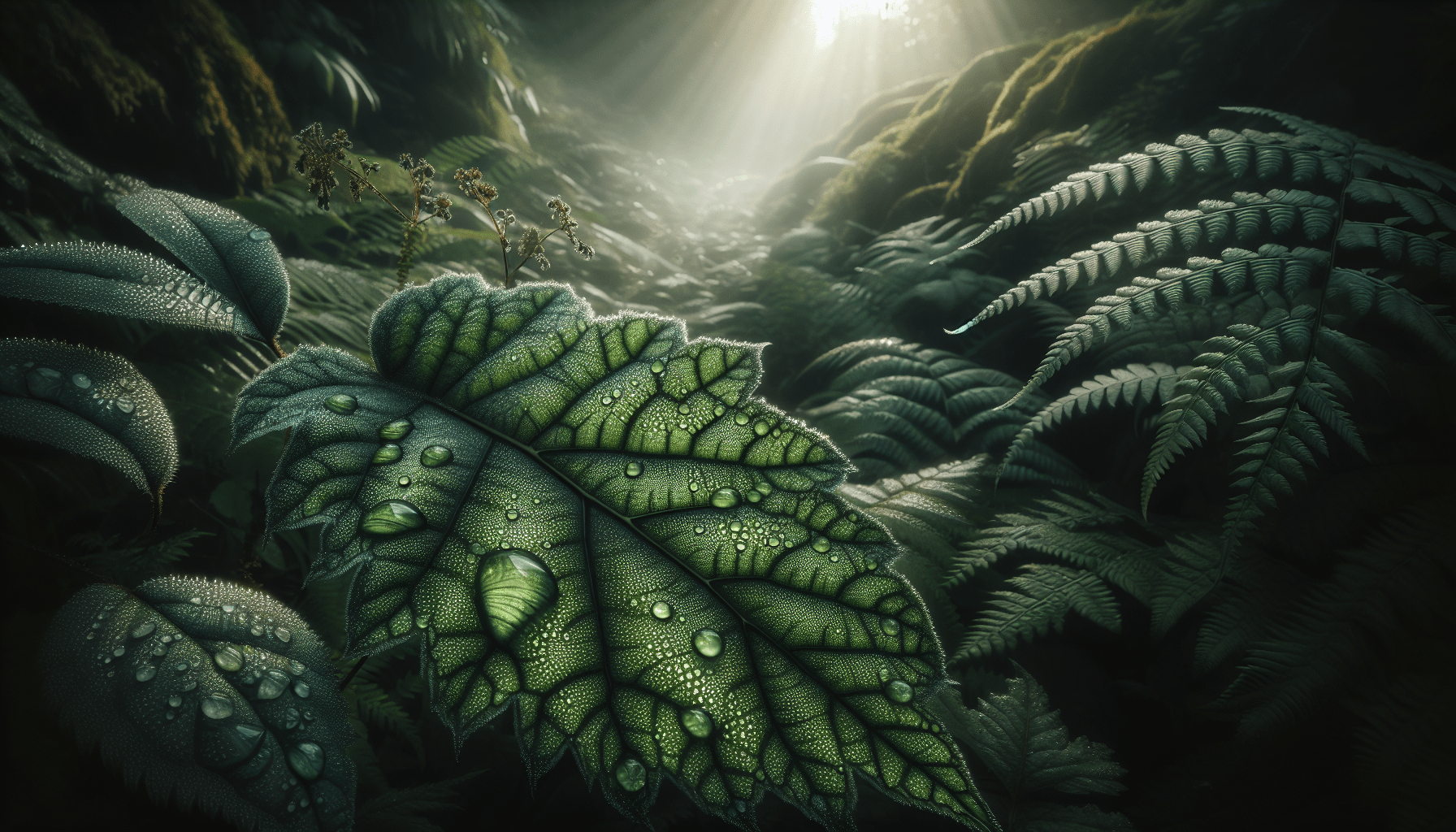
Conserving Water in Survival Situations
In survival situations, where water is a limited resource, conserving water becomes paramount. Implementing water rationing techniques, reusing water, and reducing water losses can help ensure that you have an adequate supply for your essential needs.
Water rationing techniques
Water rationing involves carefully controlling and monitoring your water usage to stretch your supply as long as possible. Establishing a daily water allowance for drinking, cooking, and hygiene can help ensure that you don’t deplete your water supply too quickly. Prioritize essential tasks and minimize unnecessary water usage to conserve this precious resource.
Reusing water
In survival situations, it is essential to make the most out of every drop of water. Reusing water whenever possible can help stretch your water supply. For example, water used for cooking can be saved and used for washing dishes or watering plants. Additionally, if bathing is necessary, consider using a bucket or basin to collect the water and reuse it for flushing toilets or other non-potable purposes.
Reducing water losses
Preventing water losses is another crucial aspect of water conservation in survival situations. Ensure that containers and water storage systems are properly sealed to minimize evaporation and leakage. When collecting rainwater, set up a system that maximizes water capture and minimizes runoff. Additionally, dripping faucets or leaky water containers should be promptly repaired to prevent unnecessary water losses.
Tips for Efficient Water Storage and Transportation
Efficient water storage and transportation are essential elements of surviving in challenging environments. Choosing appropriate containers, utilizing effective methods for carrying water, and preventing leakage are key considerations for ensuring access to clean water when needed.
Choosing appropriate containers
Selecting suitable containers for water storage is crucial to maintain water quality and prevent contamination. Look for containers that are made of food-grade materials to ensure that they won’t leach harmful substances into the water. Ideally, choose containers with tight-fitting lids or seals to prevent contamination from insects, dirt, or debris. Collapsible containers are also convenient for transport, as they can be easily folded and stored when not in use.
Methods for carrying water during travel
When you need to travel or relocate in a survival situation, having effective methods for carrying water is essential. Water can be heavy, so it is crucial to distribute the weight evenly and choose a comfortable method of transportation. Carrying water in a backpack with a water bladder or in sturdy water bottles with carrying straps can help distribute the weight and free up your hands for other tasks. Depending on your circumstances, you may also consider alternative methods such as using carts or improvised sleds to transport larger quantities of water.
Preventing water spillage or leakages
Preventing water spillage or leakages is important to avoid unnecessary losses and ensure that you have an adequate water supply. When storing water, ensure that containers are placed on stable surfaces and are not at risk of tipping over. Additionally, secure lids or seals tightly to prevent leakage due to movement or vibration. When transporting water, use sturdy containers that are designed for carrying liquids and ensure that they are properly sealed to prevent accidental spills.
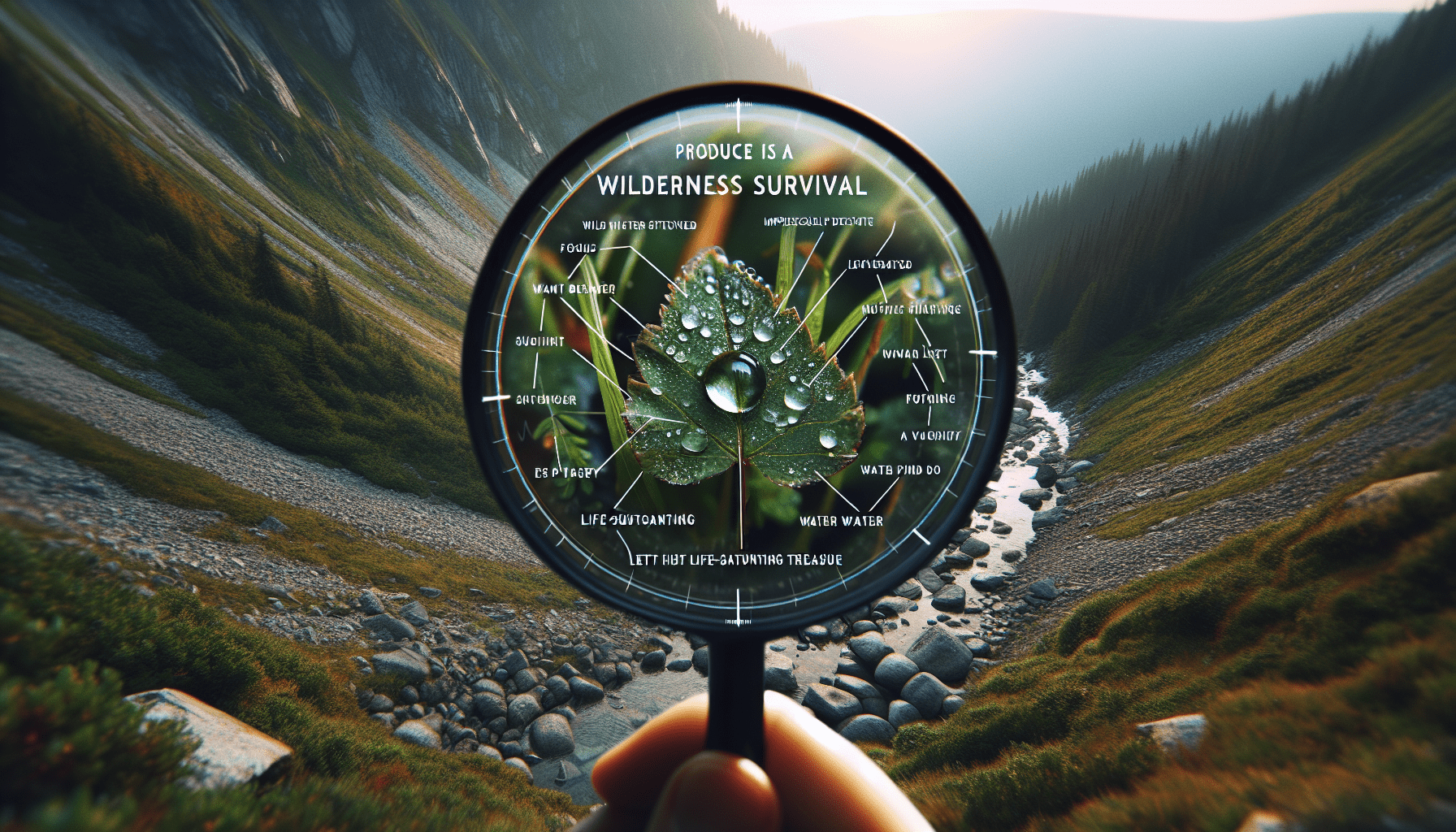
Dealing with Emergency Situations and Limited Water Supply
In emergency situations or when faced with a limited water supply, it is crucial to implement strategies and techniques to ensure your survival.
Survival strategies in arid environments
Surviving in arid environments with limited water resources requires careful planning and resourcefulness. In such situations, prioritize finding and conserving water above all else. Seek shade and avoid unnecessary physical exertion to minimize water loss through sweat. Use clothing or materials to cover your head and body to reduce evaporation from the skin. Additionally, consider adapting your diet to include foods with high water content, such as fruits and vegetables.
Emergency hydration techniques
When facing a limited water supply, it is vital to find alternative methods to supplement your hydration needs. In addition to finding and purifying water, you can also focus on obtaining moisture from other sources. For example, sucking on rocks or damp cloths can help provide a small amount of moisture. Identifying edible plants with a high water content can also be beneficial. However, it is crucial to research and properly identify plants before consuming them.
Making the most out of limited water resources
In survival situations where water is scarce, it is essential to make the most out of every drop of water. Prioritize hydration and essential tasks, such as cooking and cleaning, over non-essential activities. Opt for efficient purifying methods, such as chemical treatment or boiling, to conserve fuel and water. Additionally, avoid wasting water by using small amounts for tasks that require it, such as handwashing or dishwashing.
Preparing for Water Scarcity and Long-term Survival
While short-term survival situations require immediate action, it is also important to consider long-term survival and prepare for potential water scarcity.
Establishing water storage systems
To prepare for potential water scarcity and long-term survival, consider establishing water storage systems in advance. Store water in large containers or cisterns that are designed for long-term water storage. Ensure that the containers are clean, properly sealed, and stored in a cool and dark environment to prevent bacteria growth or contamination. Regularly rotate the stored water to maintain its freshness and quality.
Sustainable methods for water collection
In addition to storing water, it is essential to consider sustainable methods for water collection in long-term survival situations. Installing rainwater collection systems, such as rain barrels or rooftop catchment systems, can provide a consistent and renewable source of water. Implementing water conservation practices, such as using graywater for non-potable purposes, can also help minimize water waste and increase self-sufficiency.
Hydration solutions for extended survival periods
During extended survival periods, it is crucial to explore alternative hydration solutions to supplement your water supply. In addition to finding and purifying water, consider alternative sources of hydration, such as water-rich foods or herbal teas. Edible plants, such as succulents or certain fruits, can provide hydration while also providing essential nutrients. However, it is essential to research and familiarize yourself with local flora before consuming any plants.
In conclusion, understanding the importance of water for survival is crucial in any emergency or survival situation. Assessing your water needs, identifying potential sources of water, and implementing strategies for obtaining, purifying, and conserving water are essential skills for increasing your chances of survival. By preparing in advance, utilizing efficient methods, and prioritizing water as a precious resource, you can enhance your ability to endure challenging environments and emerge safely from survival situations.
